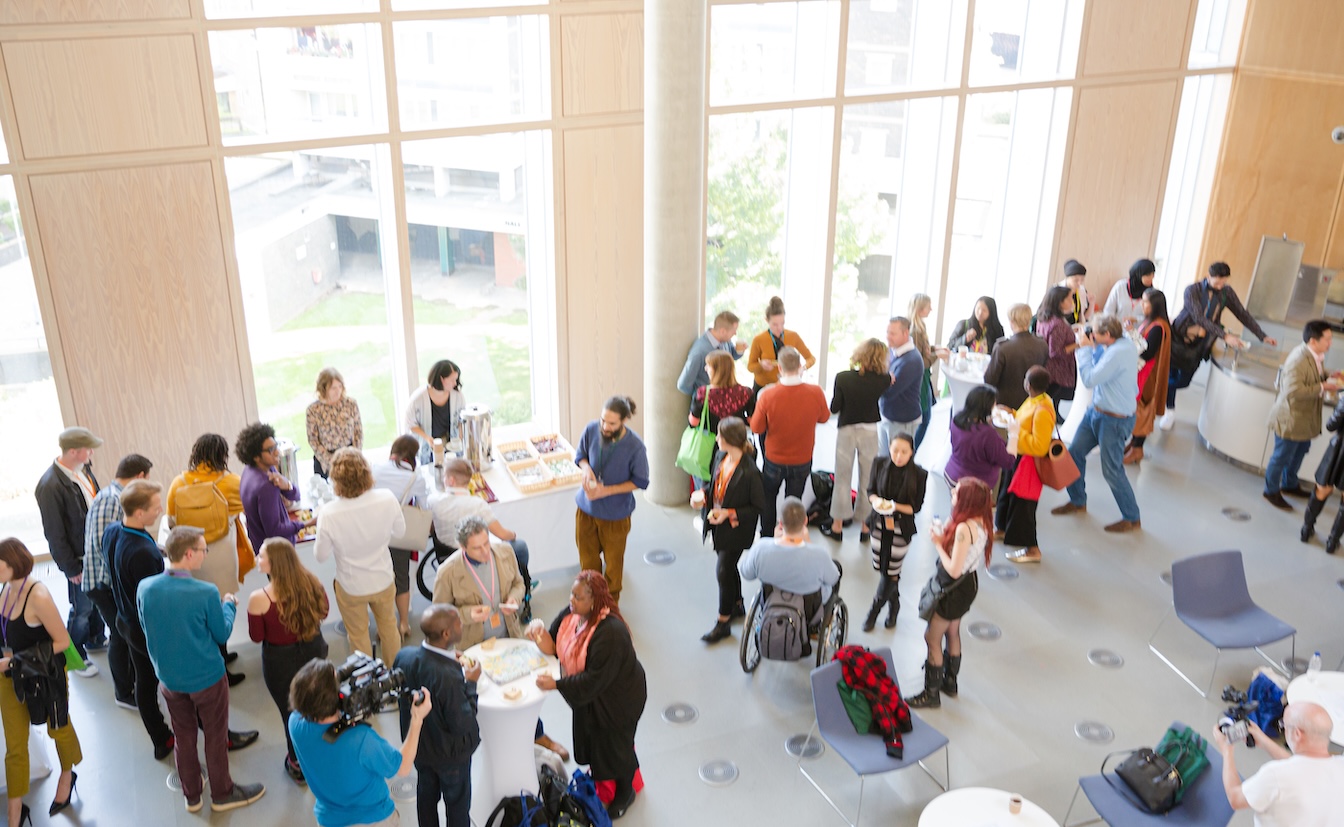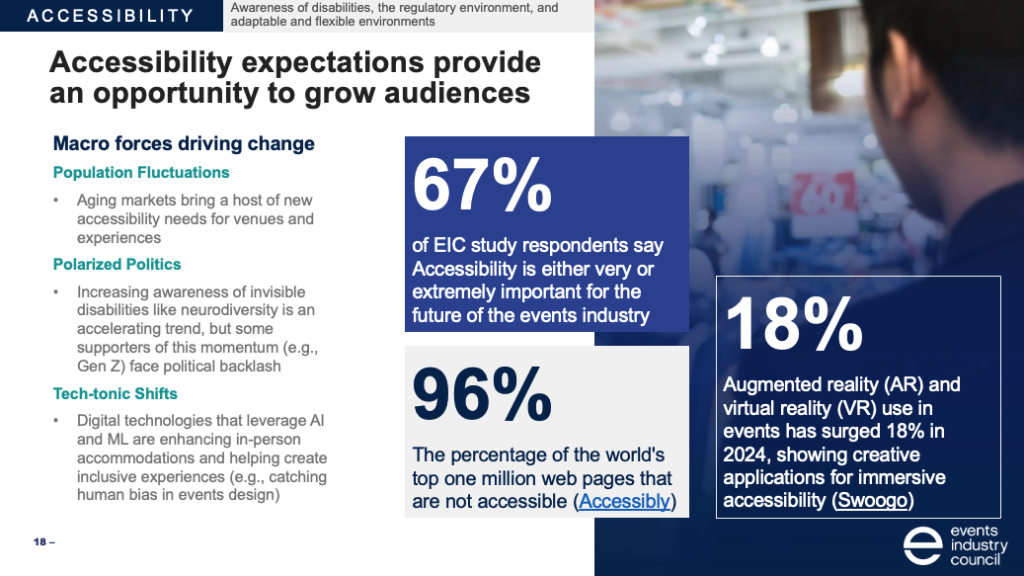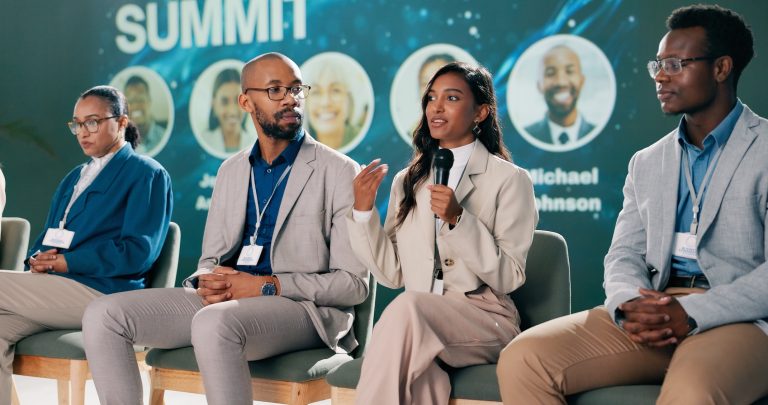
Editor’s Note: This article continues the Events Industry Council’s ongoing content series exploring the macro forces shaping the global business events industry, as identified in EIC’s 2025 Futures Landscape Study. Each month, we highlight one of the 12 key forces influencing the industry’s evolution, sharing insights from EIC Members, Strategic Partners, Volunteer Leaders, CMP Fellows, and other voices shaping the future. This month, we focus on Accessibility and Inclusion—a defining element of the industry’s purpose and promise.
Beyond Compliance: Building Experiences That Welcome All
The business events industry has long championed connection, community, and cultural exchange. But as global awareness of equity and inclusion deepens, expectations around accessibility are evolving far beyond compliance.
The Futures Landscape Study 2025 identified Accessibility and Inclusion as one of the 12 macro forces transforming the business events ecosystem. Rooted in the principle that every participant should have equitable access to the benefits of engagement—regardless of physical, sensory, cognitive, or socio-economic barriers—this force challenges organisations to redesign events around the full spectrum of human experience.
“Accessibility is not a niche topic—it’s a universal design principle,” said an events leader in Europe. “The question is no longer whether our events are compliant, but whether they are truly welcoming.”
 An Expanding Definition of Access
An Expanding Definition of Access
Once focused primarily on physical access—ramps, signage, seating—the concept of accessibility has expanded to encompass digital, cognitive, emotional, and financial inclusion. The rise of hybrid events, adaptive technologies, and global participation has made inclusivity both more achievable and more complex.
According to the study, nearly 70% of respondents agreed that improving accessibility and inclusion is critical to the long-term success of the events industry, yet fewer than half said their organisations have clear strategies or measurement frameworks in place.
For many, the challenge lies in scale and consistency. “We’ve seen real progress in awareness,” said a North American association leader, “but accessibility can’t depend on budget size or geography. It must become embedded in how we design, deliver, and evaluate events—every time, everywhere.”
Technology as Enabler—and Equaliser
EIC’s research underscores the dual role of technology as both a driver and a leveller in accessibility efforts. Captioning, AI-driven translation, tactile interfaces, and virtual participation tools are opening new pathways for engagement. However, digital inequities—such as uneven internet access, incompatible platforms, and lack of user training—can unintentionally exclude participants the technology was meant to empower.
“The digital divide is as much a human issue as a technical one,” observed one events leader from the Asia-Pacific region. “When we design digital experiences, we must test them with the same care and empathy as physical spaces. Accessibility is not an add-on; it’s a mindset.”
Emerging innovations, such as real-time audio description, neurodiversity-friendly interface design, and haptic feedback technologies, promise a more inclusive future—but only if event professionals are trained to deploy them effectively and ethically.

Cultural Competence and Intersectionality
The Futures Landscape Study also highlights cultural inclusion as an essential dimension of accessibility. In a sector built on global engagement, inclusive design requires sensitivity to cultural norms, languages, and lived experiences.
For example, dietary inclusion, gender representation, and prayer accommodations are increasingly viewed as baseline expectations rather than special requests. Meanwhile, understanding intersectionality—the overlapping identities that shape each attendee’s experience—has become a critical competency for event professionals.
“True inclusion means designing with—not just for—diverse audiences,” said an EIC volunteer leader from Africa. “That shift in perspective changes everything: who we invite to the table, how we plan, and ultimately, how we measure success.”
The Business Case for Inclusion
While the moral imperative for accessibility is clear, the business case is equally compelling. Inclusive design expands audience reach, enhances brand reputation, and fuels innovation. According to global market studies referenced in the Futures Landscape Study, organisations that prioritise accessibility see up to 20% higher customer satisfaction scores and significantly stronger loyalty metrics.
As one European venue director put it, “Accessibility is not a cost centre—it’s a growth strategy. The more people who can fully participate, the more valuable our industry becomes.”
This perspective aligns with EIC’s broader mission: to position business events as a force for economic and social good. By embedding inclusion into design thinking, event professionals not only comply with standards but set new ones—showing the world what equitable participation truly looks like.
The Next Five Years: From Awareness to Action
Looking ahead, the Futures Landscape Study 2025 calls for a fundamental shift from awareness to accountability. The next stage of progress will rely on measurable frameworks, collaborative learning, and shared standards that help organisations assess and improve accessibility performance across regions and formats.
Practical steps include:
- Integrating accessibility criteria into every stage of event design and procurement.
- Expanding professional education through certifications and continuing education for planners, venues, and suppliers.
- Investing in inclusive technologies that prioritise usability and privacy.
- Creating global benchmarking tools that track progress over time.
Inclusion as Innovation
Ultimately, accessibility is not only about compliance or accommodation—it’s about creativity, empathy, and innovation. By designing events that reflect the diversity of human experience, the industry can redefine excellence on its own terms.
As the Futures Landscape Study 2025 reminds us, “Inclusion is not the destination—it’s the design.”






